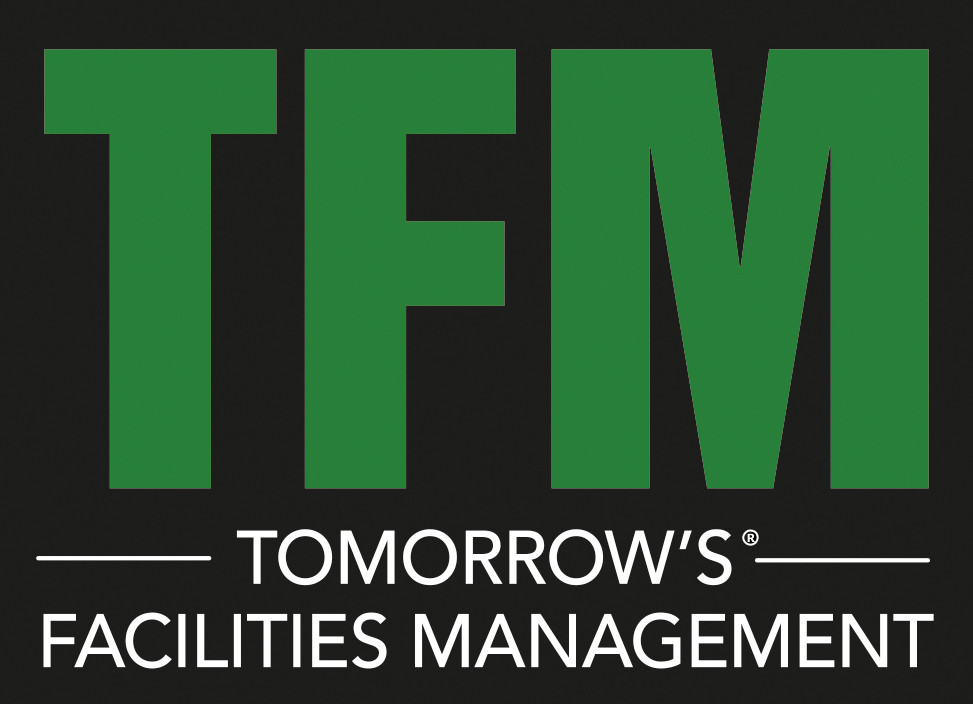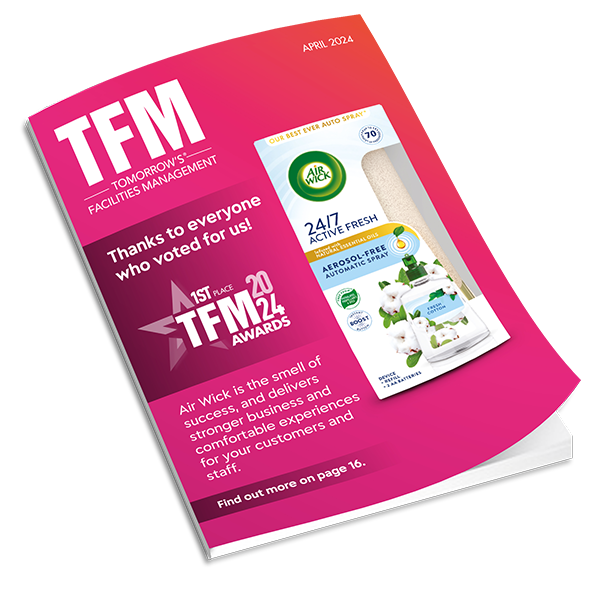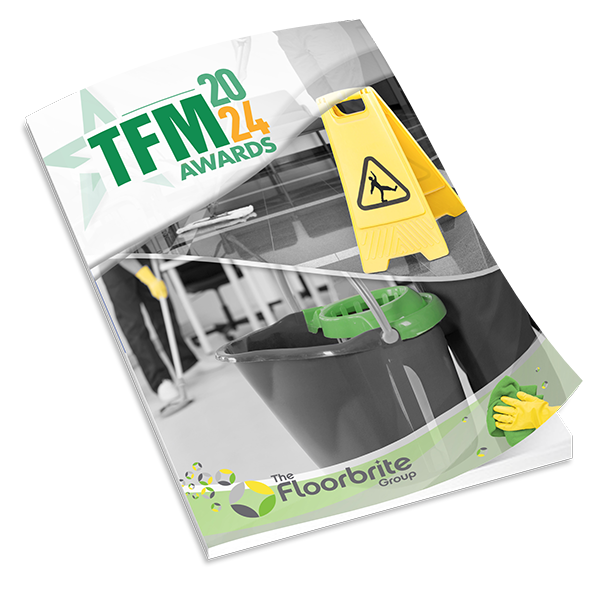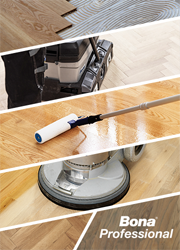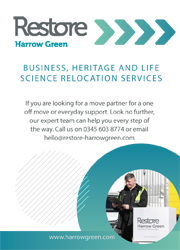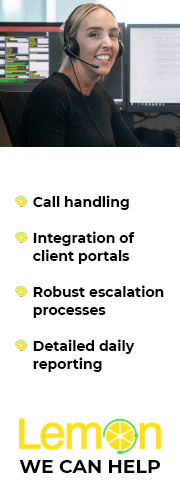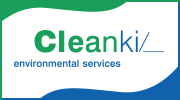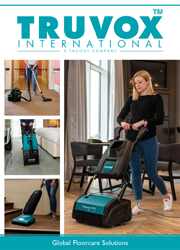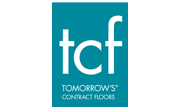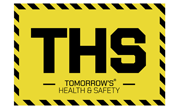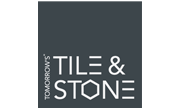You are here
- Home
- >
- Slingsby
Are you ready for inspection?
Published on 05/08/2012
Following recent news that the Health and Safety Executive (HSE) is launching a series of surprise inspections on high risk work environments, workplace equipment provider Slingsby has compiled a checklist to help businesses stay on the right side of the law.
Lee Wright, Marketing Director of Slingsby explains: “Although this latest crackdown is predominantly aimed at building sites, it’s worth remembering that despite the HSE facing significant cutbacks, any business can still be inspected at anytime. Sometimes notice will be given but in many cases the inspector will turn up unannounced and has the right to enter the workplace, look at all work activities and examine how health and safety is managed within the business. They can also talk to employees, take photographs and remove relevant items.
“Key hazards they will often focus on include workplace transport, falls from height, manual handling, slips trips and falls, health risks from hazardous materials and workplace stress. If an inspector finds a breach of the law they have a number of options they can use. These can include serving improvement notices explaining what needs to be done, or if there’s a risk of serious personal injury they can serve a prohibition notice to stop the activity until remedial action has been taken.
“In severe cases the inspector may even consider prosecution because health and safety law offers a wide range of punishments including fines and imprisonment. However health and safety inspectors are usually there to help businesses to maintain or improve standards so in many cases they will simply offer guidance and advice.”
Slingsby, which supplies more than 35,000 workplace products including a wide range of health and safety equipment, has compiled the following checklist outlining what businesses need in place to pass a health and safety inspection:-
• All businesses with five or more employees need an up to date written health and safety policy.
• Risk assessments identifying any potential hazards including display screens, COSHH, manual handling, lone working, noise and contractors.
• Records of inspections of workplace equipment that are required by law. These can include lifting equipment, fire extinguishers and electrical appliances.
• Written reports detailing safe working methods.
• Records of health and safety training carried out.
• A valid employers’ liability insurance certificate.
• The Health and Safety 'what you should know' poster.
• An accident book along with reporting procedures and details of fire and first aid arrangements.
• Clearly identifiable and unobstructed access and escape routes.
• Waste transfer notes showing the type and amount of waste disposed of and details of the collection company.
• Clear safety signs.
• Suitable work stations with appropriate seating, lighting and ventilation.
• Well maintained work equipment with adequate stop/start controls and guarding to protect access to dangerous parts.
• Appropriate staff welfare provisions including toilets, rest areas and drinking water.
• Procedures for consulting and informing employees about health and safety matters.
Lee Wright, Marketing Director of Slingsby explains: “Although this latest crackdown is predominantly aimed at building sites, it’s worth remembering that despite the HSE facing significant cutbacks, any business can still be inspected at anytime. Sometimes notice will be given but in many cases the inspector will turn up unannounced and has the right to enter the workplace, look at all work activities and examine how health and safety is managed within the business. They can also talk to employees, take photographs and remove relevant items.
“Key hazards they will often focus on include workplace transport, falls from height, manual handling, slips trips and falls, health risks from hazardous materials and workplace stress. If an inspector finds a breach of the law they have a number of options they can use. These can include serving improvement notices explaining what needs to be done, or if there’s a risk of serious personal injury they can serve a prohibition notice to stop the activity until remedial action has been taken.
“In severe cases the inspector may even consider prosecution because health and safety law offers a wide range of punishments including fines and imprisonment. However health and safety inspectors are usually there to help businesses to maintain or improve standards so in many cases they will simply offer guidance and advice.”
Slingsby, which supplies more than 35,000 workplace products including a wide range of health and safety equipment, has compiled the following checklist outlining what businesses need in place to pass a health and safety inspection:-
• All businesses with five or more employees need an up to date written health and safety policy.
• Risk assessments identifying any potential hazards including display screens, COSHH, manual handling, lone working, noise and contractors.
• Records of inspections of workplace equipment that are required by law. These can include lifting equipment, fire extinguishers and electrical appliances.
• Written reports detailing safe working methods.
• Records of health and safety training carried out.
• A valid employers’ liability insurance certificate.
• The Health and Safety 'what you should know' poster.
• An accident book along with reporting procedures and details of fire and first aid arrangements.
• Clearly identifiable and unobstructed access and escape routes.
• Waste transfer notes showing the type and amount of waste disposed of and details of the collection company.
• Clear safety signs.
• Suitable work stations with appropriate seating, lighting and ventilation.
• Well maintained work equipment with adequate stop/start controls and guarding to protect access to dangerous parts.
• Appropriate staff welfare provisions including toilets, rest areas and drinking water.
• Procedures for consulting and informing employees about health and safety matters.
Categories
- ACQUISITION
- AIR CONDITIONING
- APPRENTICESHIP
- AWARD
- BIM
- BUSINESS
- CATERING
- CAFM
- CHARITY
- CLEANING
- COMMUNICATION
- CONSTRUCTION
- CONTRACT NEWS
- COUNCIL
- DATA MANAGEMENT
- DESIGN & INTERIORS
- DEVELOPMENT
- DISASTER RECOVERY
- DOCUMENT MANAGEMENT
- DRINK
- EDUCATION
- EFFICIENCY
- ELECTRICAL
- ENERGY MANAGEMENT
- ENTERPRISE
- EVENTS
- FACILITIES MANAGEMENT
- FINANCE
- FIRE SAFETY
- FLOORING
- FACILITIES MANAGEMENT NEWS
- FOOD
- FRONT OF HOUSE
- GROUNDS MAINTENANCE
- HEALTH AND SAFETY
- HEALTHCARE & HOSPITALS
- HOSPITALITY
- HOTELS
- HR
- HVAC
- INDUSTRY COMMENT
- INTEGRATION
- IT
- IWFM
- LANDSCAPE MAINTENANCE
- LEISURE
- LIGHTING
- LOGISTICS
- MAINTENANCE
- MECHANICAL
- PARTNERSHIP
- PEST CONTROL
- POWER
- PR
- PRODUCTS & SERVICES
- PROJECT MANAGEMENT
- PROPERTY
- QUALIFICATION
- RECYCLING
- REFURBISHMENT
- REGULATION
- RETAIL
- SECURITY
- SOCIAL HOUSING
- SUMMER MAINTENANCE
- SUSTAINABILITY
- TECHNOLOGY
- TENDERS
- TOTAL FACILITIES MANAGEMENT (TFM)
- TRANSPORT
- WASHROOM
- WASTE MANAGEMENT
- WELLBEING
- WINTER MAINTENANCE
- WORKPLACE



